A(C10H14)+Cl2,Δ→C10H13Cl( one isomaer)
A+Cl2/FeCl3→C10H13Cl (two isomers)
Possible structure of A is :
A
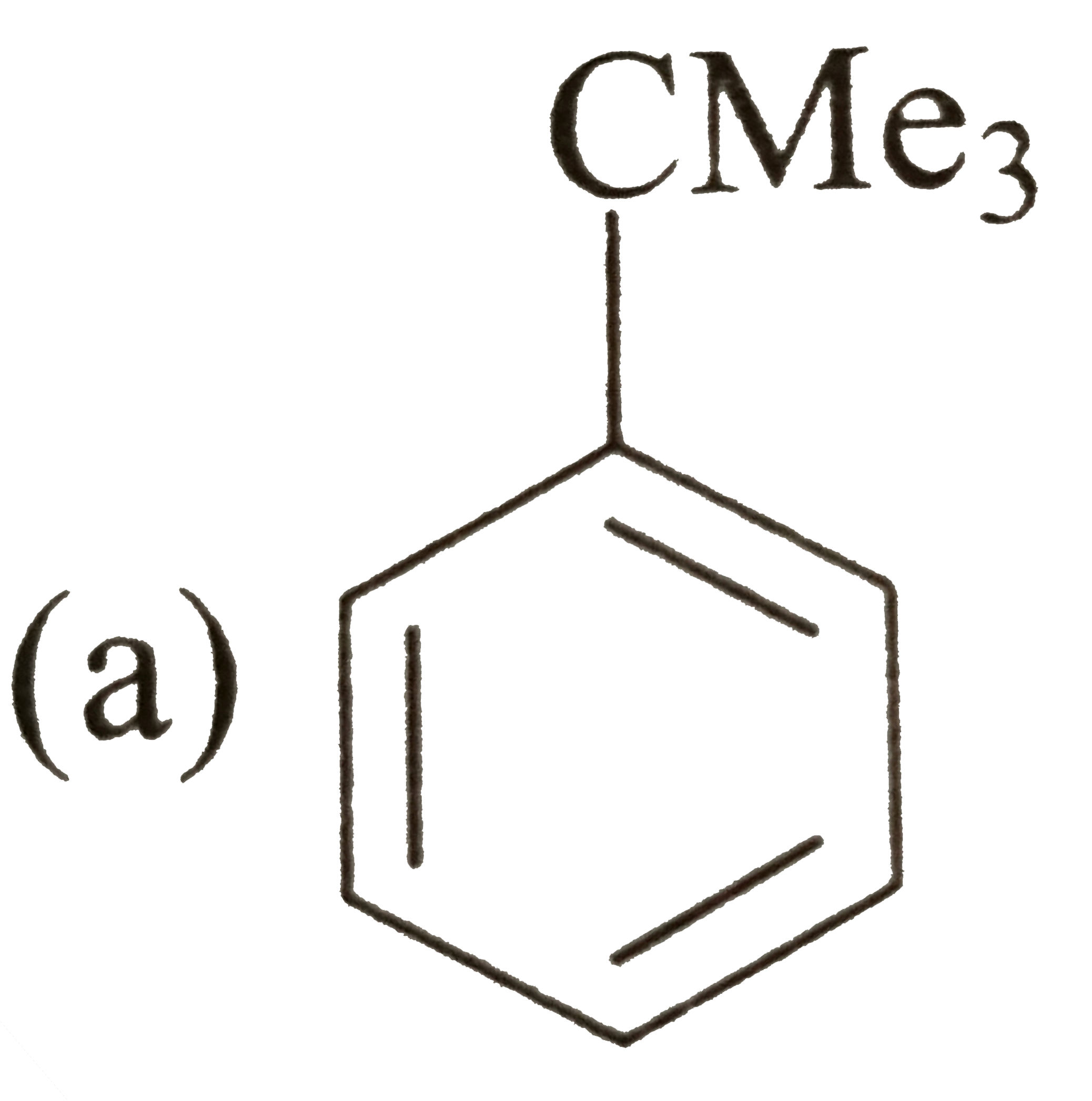
B
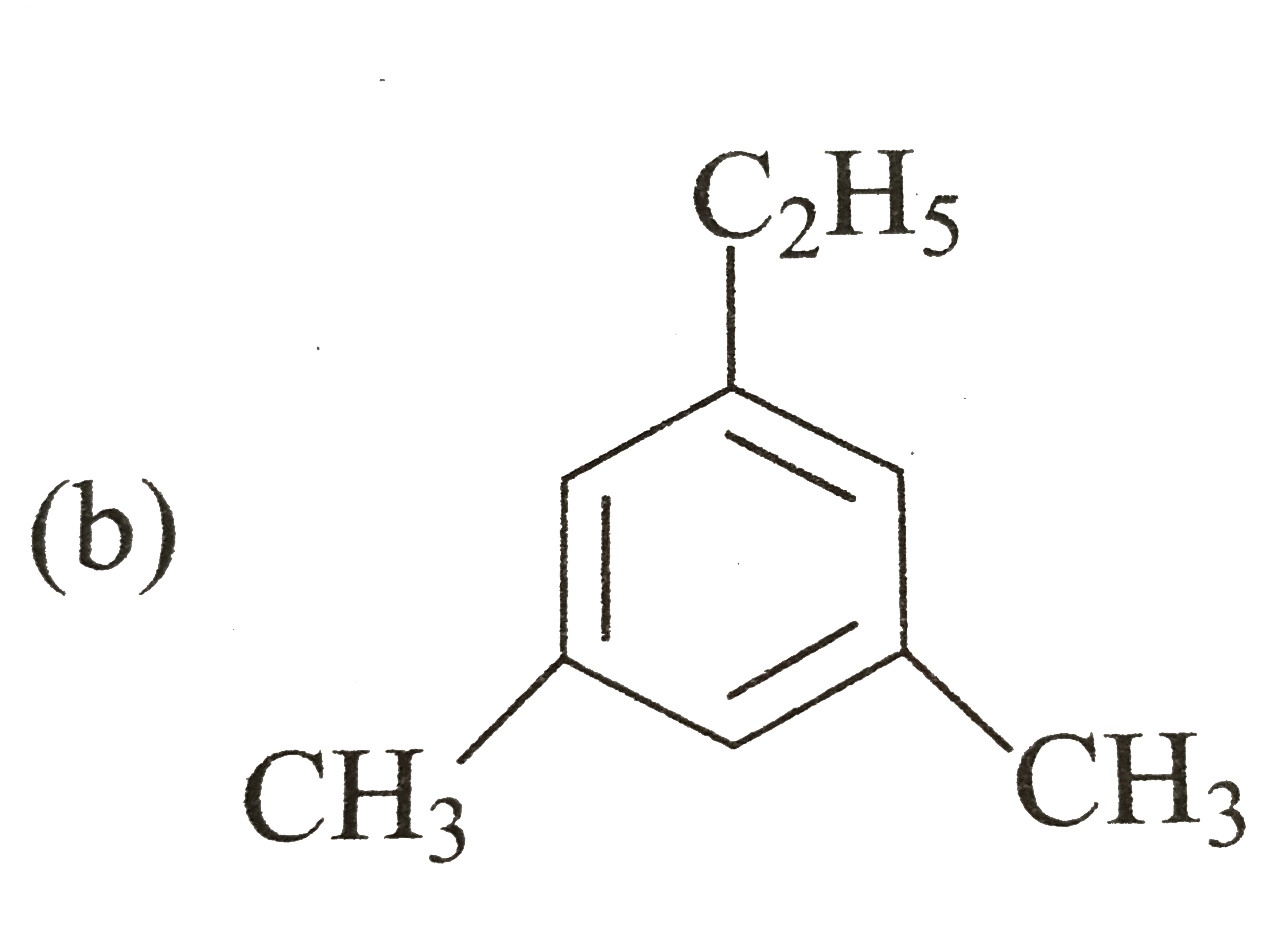
C
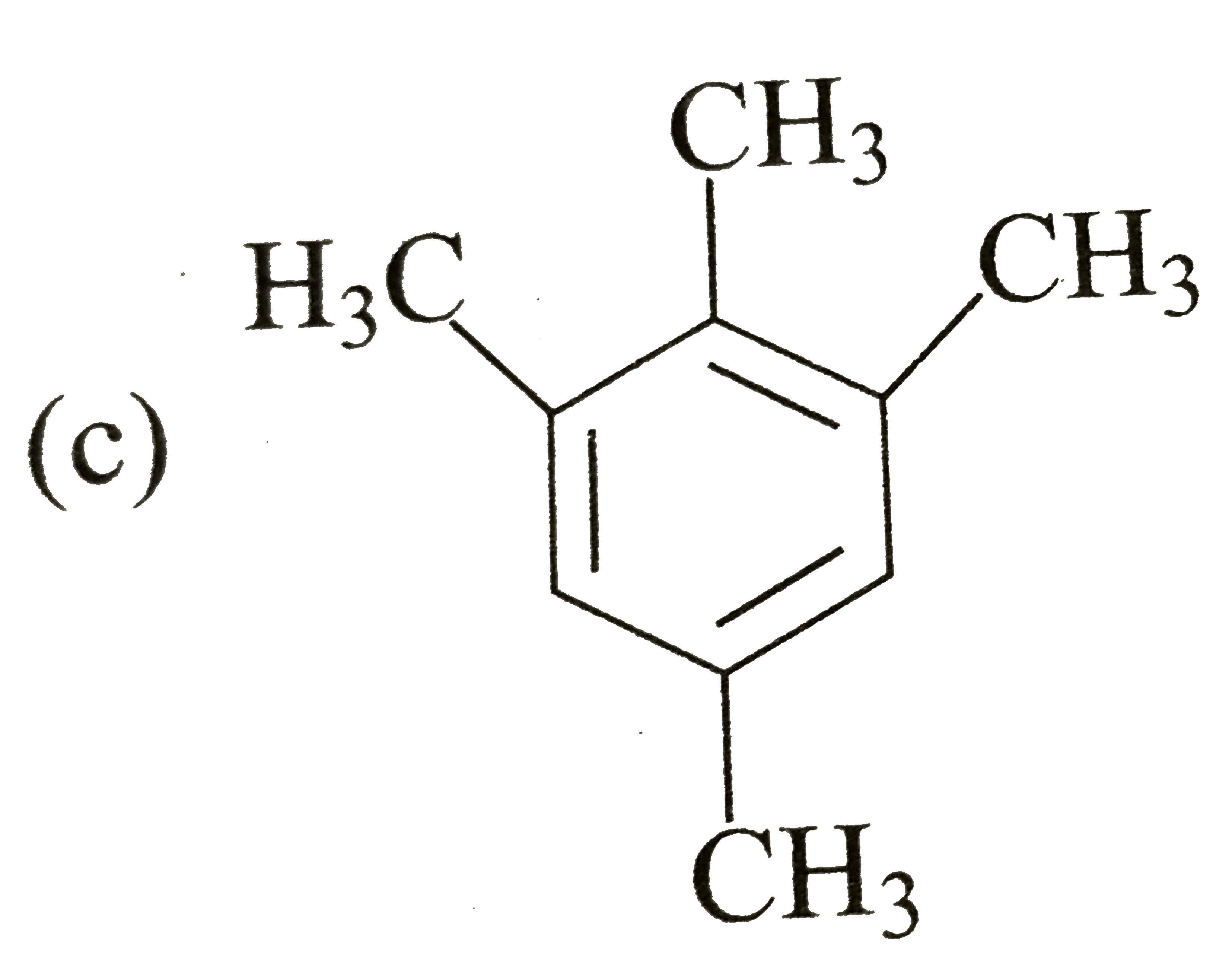
D
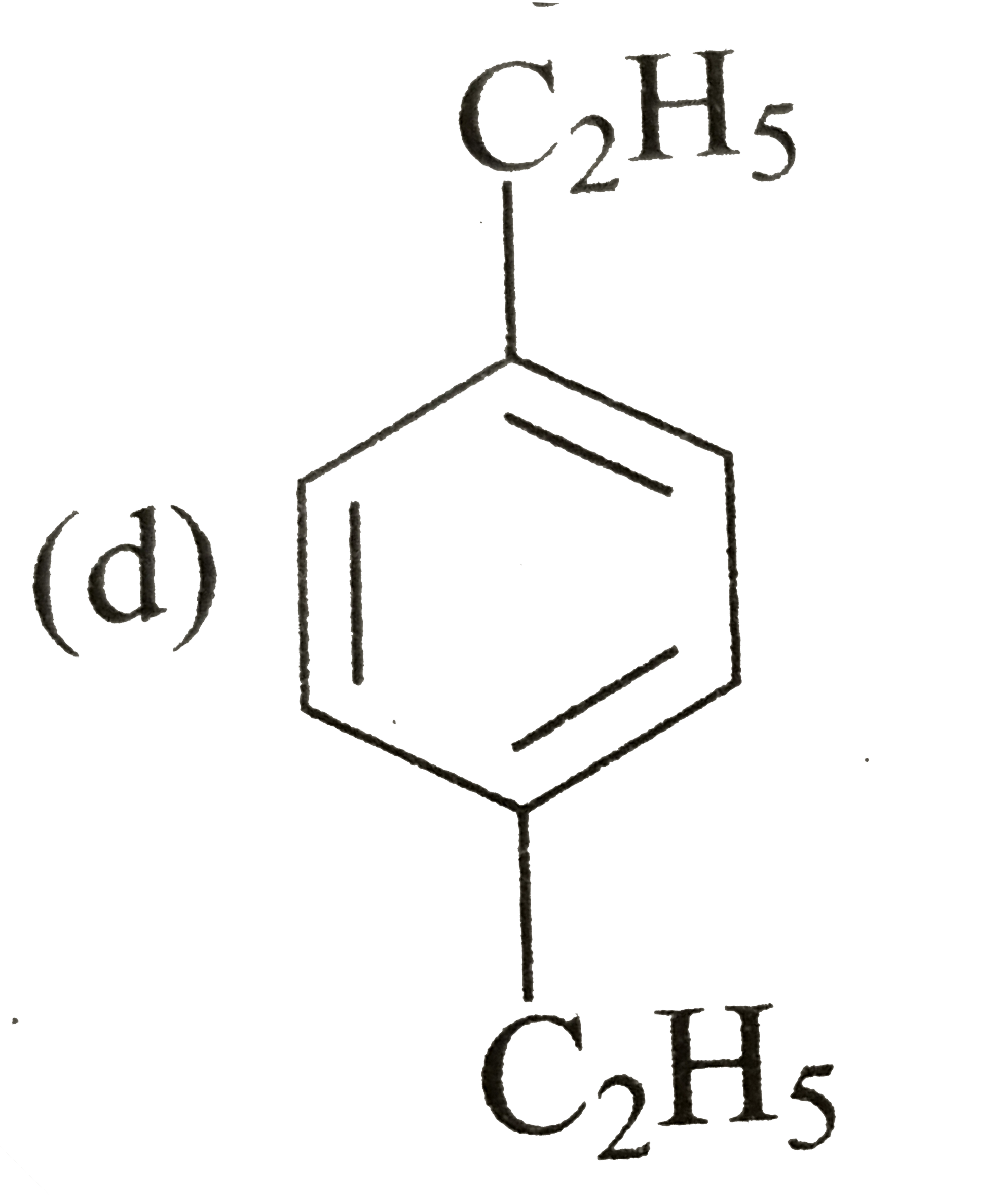
Text Solution
The correct Answer is:D
|
Topper's Solved these Questions
- AROMATIC HYDROCARBONSBook:HIMANSHU PANDEYChapter:AROMATIC HYDROCARBONSExercise:Level 3 (Q.101 To Q.125)
Explore 25 Videos
- AROMATIC HYDROCARBONSBook:HIMANSHU PANDEYChapter:AROMATIC HYDROCARBONSExercise:Level 3 (Q.126 To Q.150)
Explore 25 Videos
- AROMATIC HYDROCARBONSBook:HIMANSHU PANDEYChapter:AROMATIC HYDROCARBONSExercise:Level 3 (Q.51 To Q.75)
Explore 25 Videos
- AMINESBook:HIMANSHU PANDEYChapter:AMINESExercise:Subjective Type Problems
Explore 5 Videos
- BIOMOLECULESBook:HIMANSHU PANDEYChapter:BIOMOLECULESExercise:Match The Column
Explore 6 Videos
Similar Questions
Knowledge Check
A(C10H14)+Cl2,Δ→C10H13Cl (one isomer)
A+Cl2/FeCl3→C10H13Cl (two isomers)
Possible structure of A is :A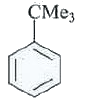 B
B C
C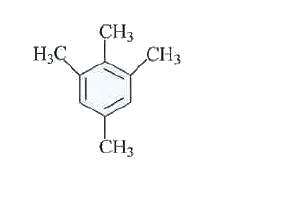 D
D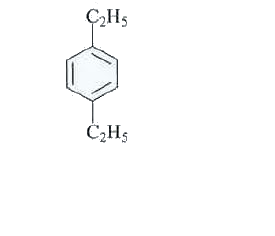
A(C10H14)+CI2,Δ→C10H13CI (Two isomers) Possible structure of (A) is :
A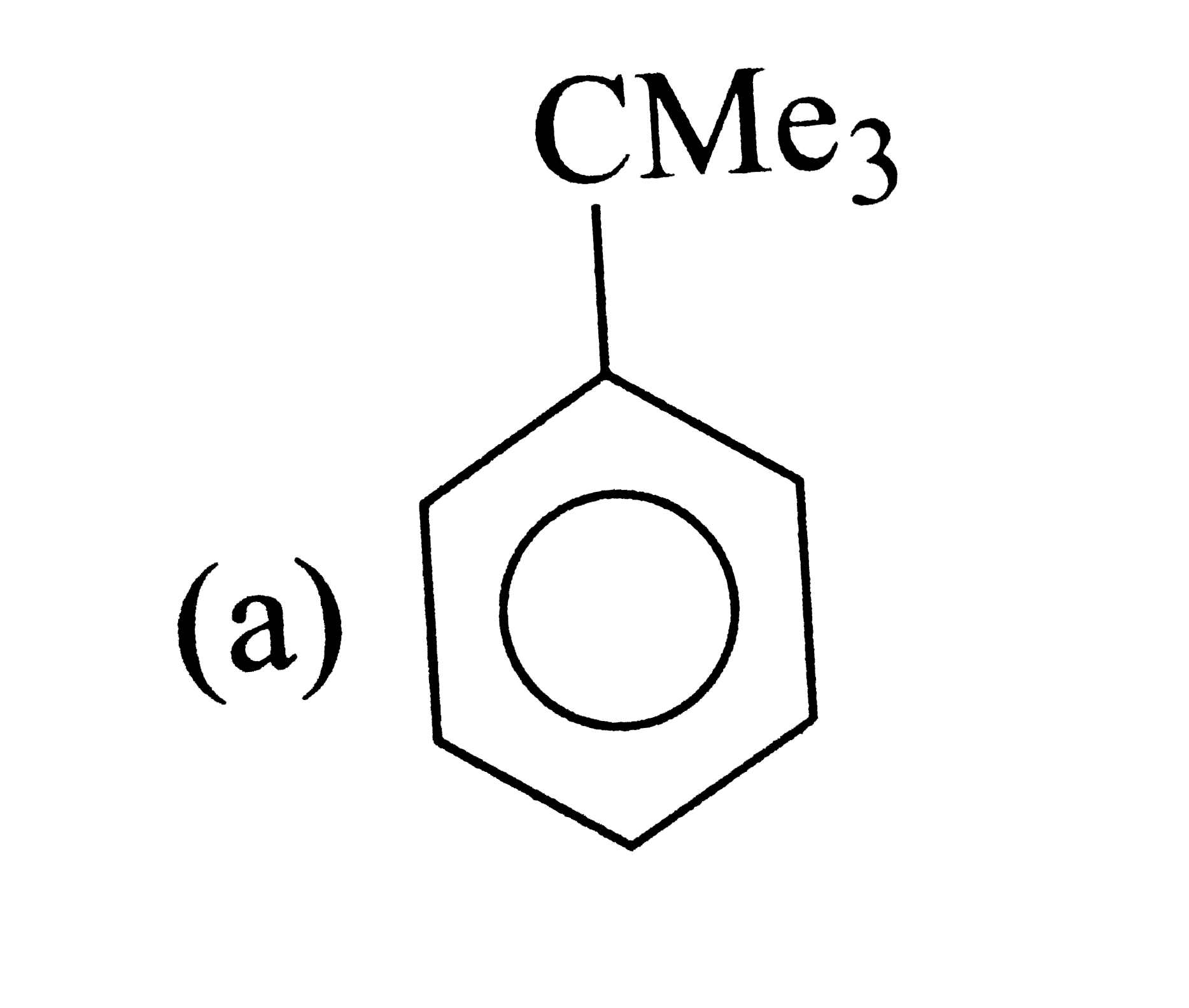 B
B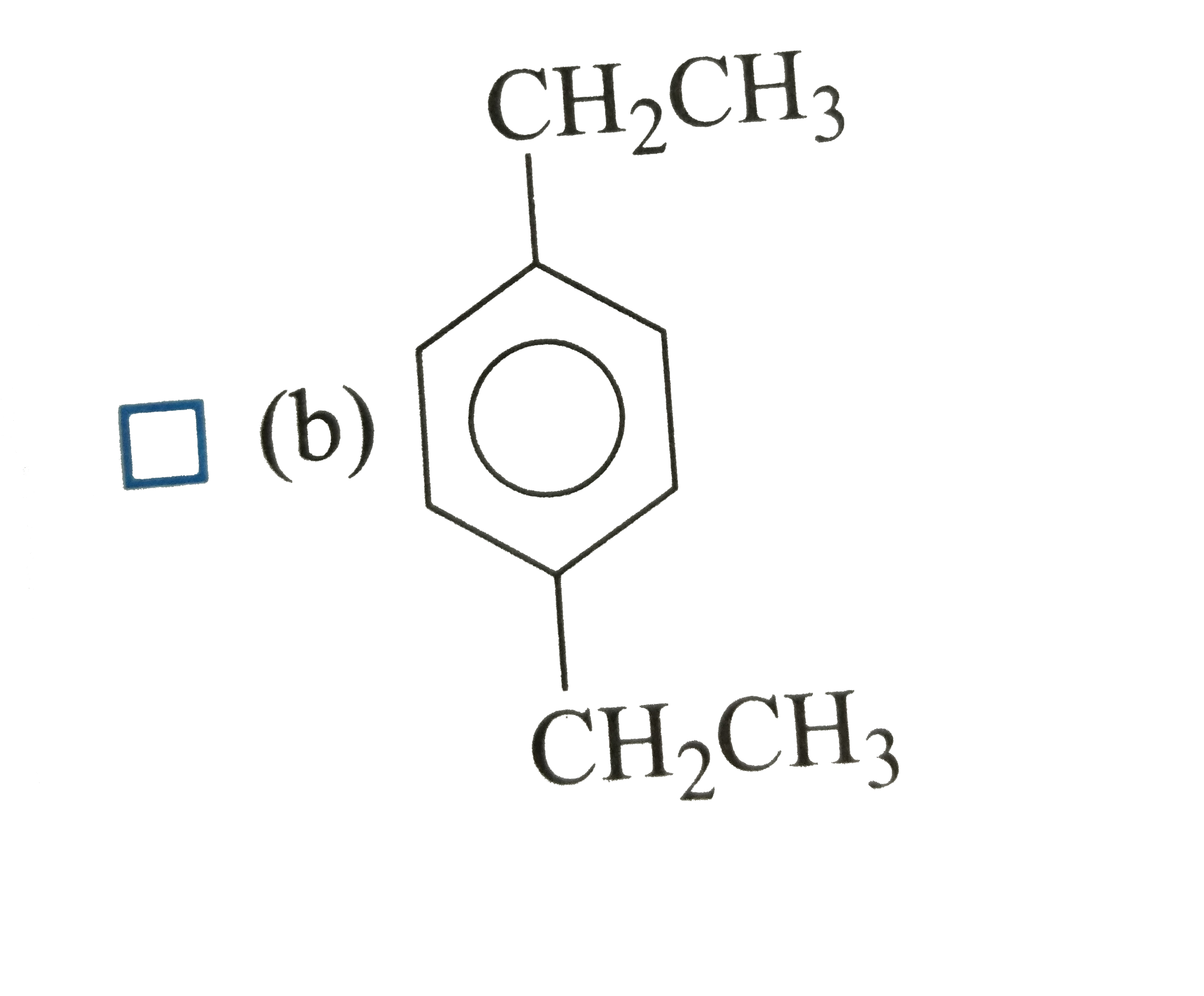 C
C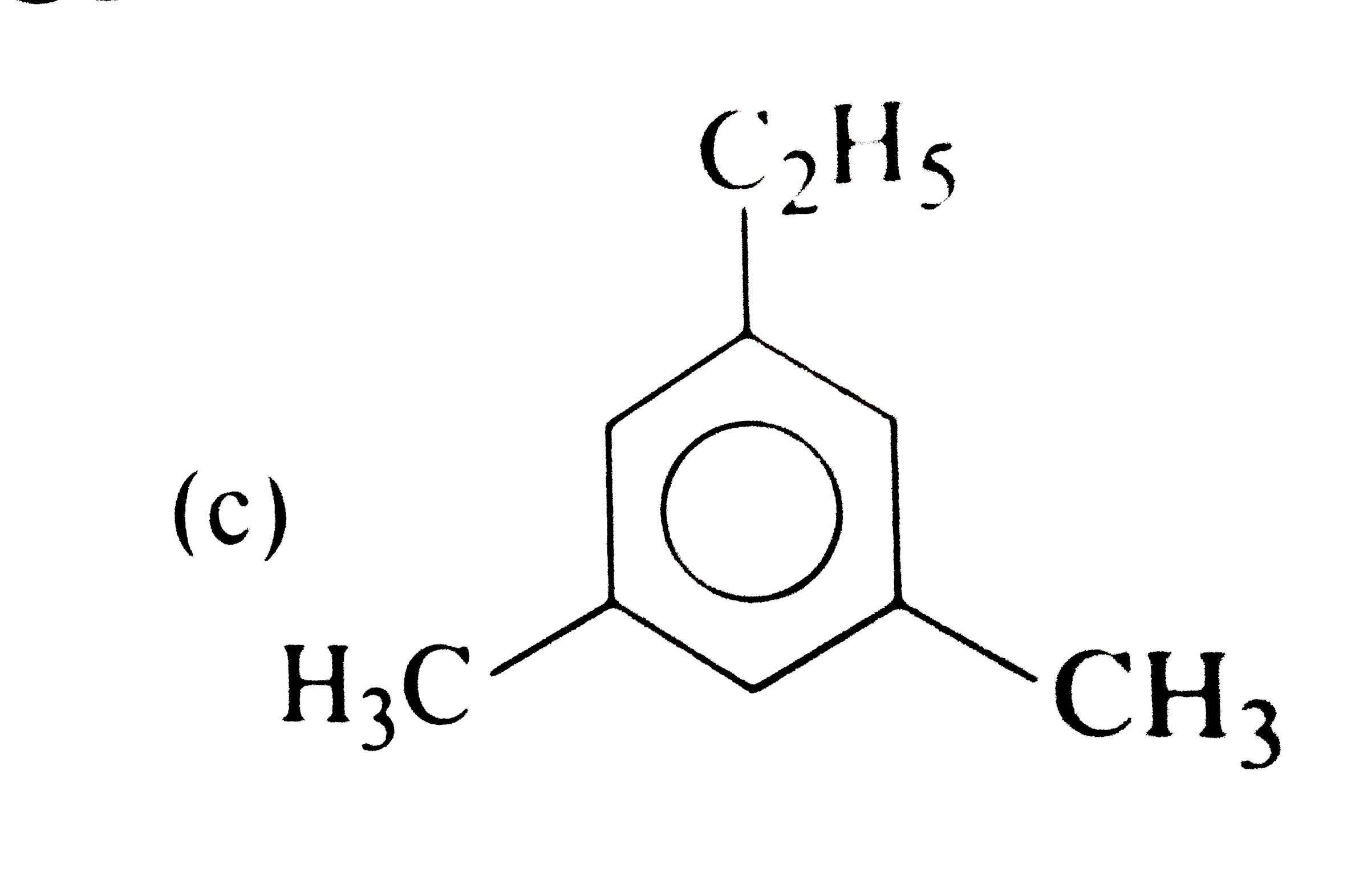 D
D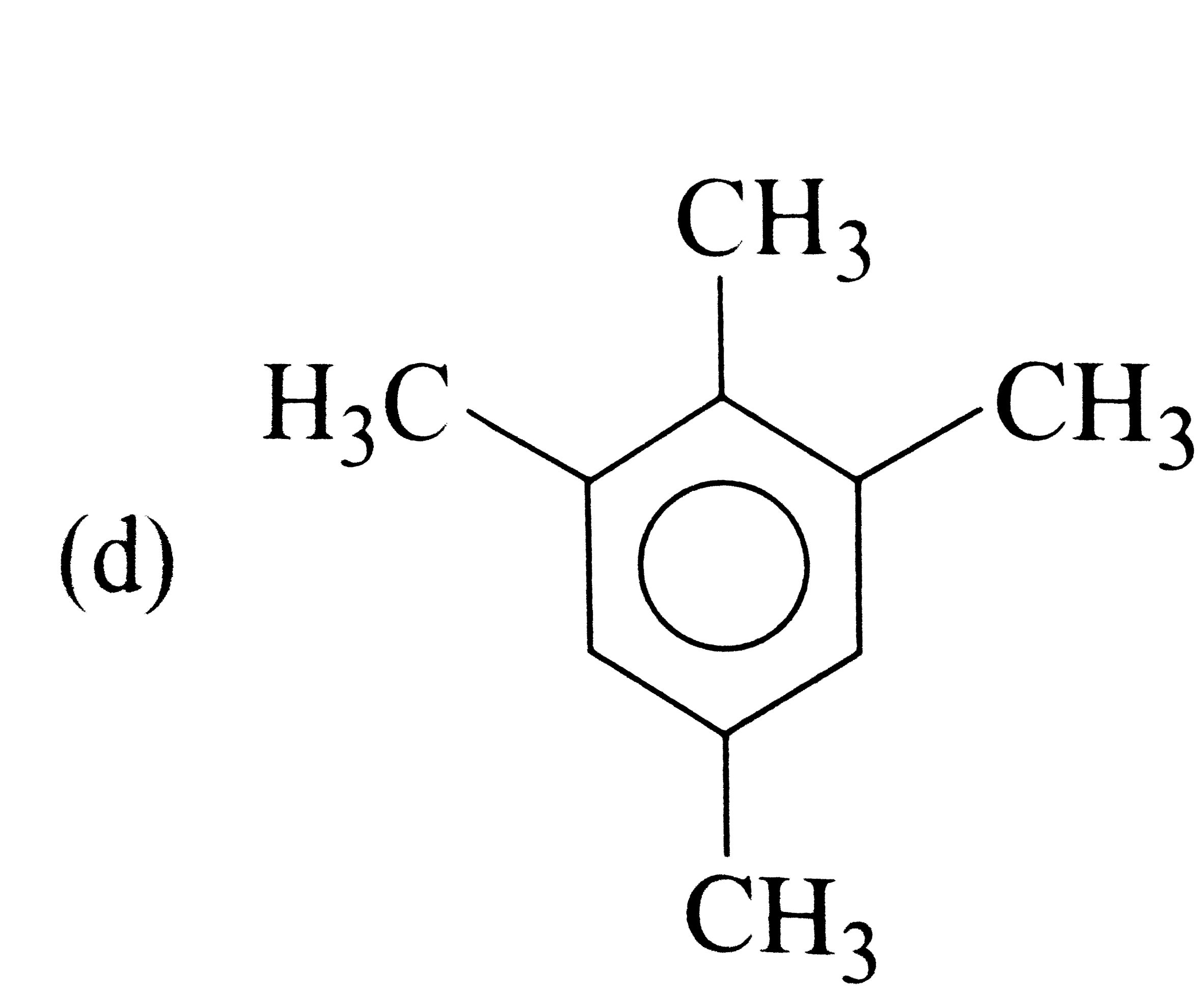
The total number of isomers in C6H3Cl3
AtwoBthreeCfourDfive
The dipole moment of cis C2H2Cl2 isomer is more than that of trans isomer.
View SolutionHow many meso isomers of C4H8Cl2 will be?
View SolutionProve that dipole moment of
C6H5Cl and m−C6H4Cl2 are same
View SolutionHow many meso isomers of C4H8Cl2 will be?
View SolutionThe compound C2H4Cl2 has two isomers and they can be distinguished by the reaction with
View Solution

_E01_079_Q01.png)